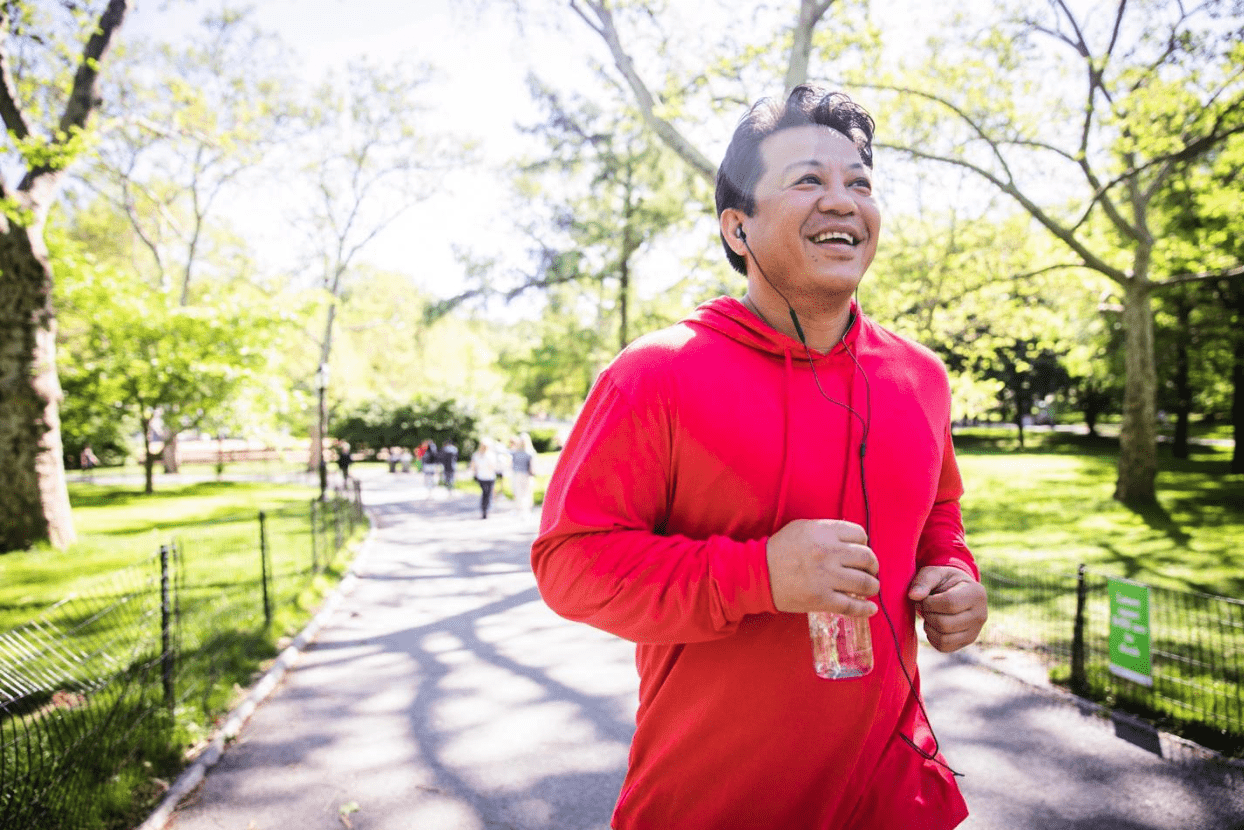
In recent years, doctors have learned that the body has the ability to heal itself. Platelet-rich plasma therapy is a form of regenerative medicine that can harness those abilities and amplify the natural growth factors your body uses to heal tissue.
What is plasma and what are platelets?
Plasma is the liquid portion of whole blood. It is composed largely of water and proteins, and it provides a medium for red blood cells, white blood cells and platelets to circulate through the body. Platelets, also called thrombocytes, are blood cells that cause blood clots and other necessary growth healing functions.
Platelet activation plays a key role in the body’s natural healing process.
What is platelet-rich plasma (PRP) and what are PRP injections?
Platelet-rich plasma (PRP) therapy uses injections of a concentration of a patient’s own platelets to accelerate the healing of injured tendons, ligaments, muscles and joints. In this way, PRP injections use each individual patient’s own healing system to improve musculoskeletal problems.
PRP injections are prepared by taking anywhere from one to a few tubes of your own blood and running it through a centrifuge to concentrate the platelets. These activated platelets are then injected directly into your injured or diseased body tissue. This releases growth factors that stimulate and increase the number of reparative cells your body produces.
Platelet-rich plasma has been found to significantly enhance the healing process, and using a PRP injection for shoulder pain caused by rotator cuff tears, for Achilles tendon ruptures and for other soft-tissue injuries is becoming more common. PRP has also been demonstrated to improve function and reduce pain in people who have tendonitis or chronic tendinosis conditions such as tennis elbow or golfer’s elbow.
Some of the key advantages of PRP injections are that they can reduce the need for anti-inflammatories or stronger medications like opioids. In addition, the side effects of PRP injections are very limited because, since the injections are created from your own blood, your body will not reject or react negatively to them.
Orthopedic surgeons have reported that PRP helps to enhance the body’s natural healing process in both bone and tissue, while offering pain relief to patients with chronic pain issues. The past decades of trials and active use of PRP since the early 2000s clearly supports the fact that non-invasive PRP treatments have the potential to support cartilage health and reduce pain. PRP therapy is also helping to accelerate or augment the soft tissue healing process in some patients.
Regenerative medicine is one of the most promising non-invasive technologies to come on the scene in the field of orthopedics in some time. While surgical techniques in orthopedics continue to advance for patients needing radical treatment for bone and joint issues, regenerative medicine provides a unique group of therapies that make it possible for physicians to promote a patient’s own tissue regeneration. This technique can lead to long-term healing of what may otherwise be irreparable orthopedic injuries.
SRO’s Regenerative Orthopaedics
If you’re considering PRP therapy, SRO’s physicians can help. We are experts in this cutting-edge treatment and have had great success with it in our practice. Contact us today to schedule a consultation and learn more about how PRP therapy may be able to help you regain your quality of life. Learn more

